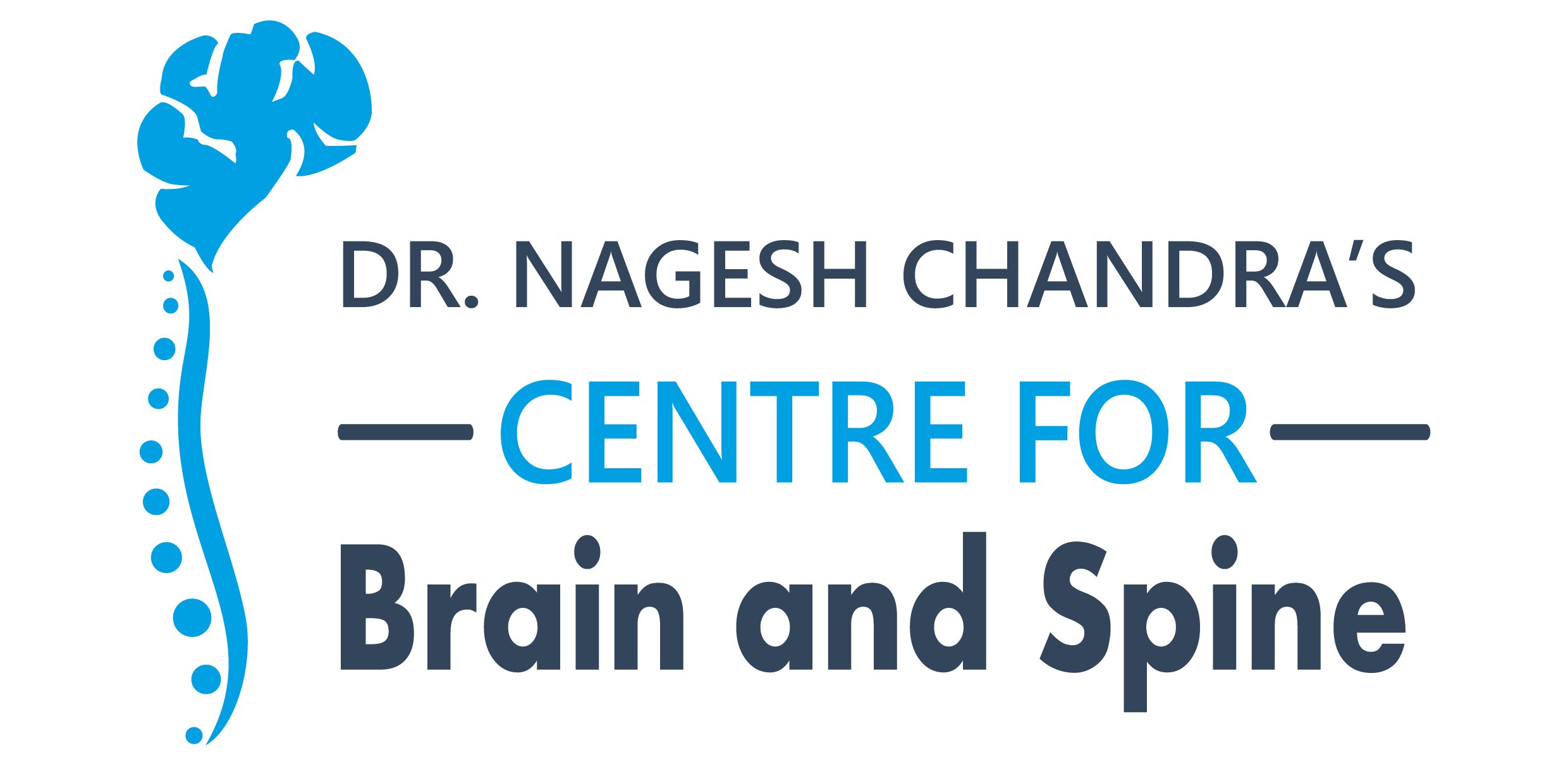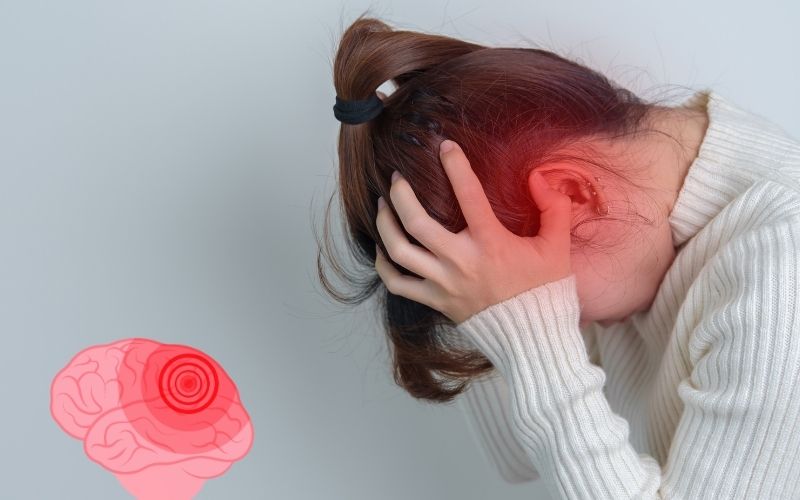A brain hemorrhage is a serious medical problem. It means bleeding happens inside the brain. This bleeding can damage brain cells fast. It can happen due to head injury, stroke, or high blood pressure
When blood leaks into brain tissue, it puts pressure on the brain. That pressure harms brain function. If not treated quickly it can lead to coma or death, Neurosurgeon in Delhi use tools like CT scans and MRIs to check the brain. Surgery may be needed. Recovery depends on the type, location and how fast treatment begins
In this article, we will explain how doctors diagnose and treat brain hemorrhages. We will also talk about recovery time, surgery and chances of survival
What Are the Types of Brain Hemorrhage?
Doctors divide brain hemorrhages into different types. Each type affects a different part of the brain.
- Intracerebral Hemorrhage – Bleeding happens inside brain tissue.
- Subarachnoid Hemorrhage – Blood leaks in the space between the brain and the thin tissues covering it.
- Subdural Hemorrhage – Blood gathers under the outer layer of the brain (the dura).
- Epidural Hemorrhage – Blood collects between the skull and the dura layer.
Each of these hemorrhage types needs quick action. Some types are more dangerous than others, but all need care from a brain specialist.
What Causes a Brain Hemorrhage?
Several things can cause bleeding in the brain:
- Head injury (fall, accident)
- High blood pressure (common in older adults)
- Blood-thinning medicine
- Abnormal blood vessels (like aneurysms)
- Brain tumors
- Use of drugs (like cocaine)
- Liver disease or clotting disorders
The risk grows if a person has more than one of these problems.
Common Symptoms to Watch For Brain Hemorrhage
Symptoms depend on where the bleeding happens and how big it is. Some signs include:
- Sudden headache (very painful)
- Weakness in arms or legs
- Trouble speaking or understanding words
- Nausea or vomiting
- Loss of balance or coordination
- Seizures
- Vision problems
- Loss of consciousness
These signs should never be ignored. Even if symptoms seem small at first, brain damage can worsen quickly.
How Doctors Diagnose Hemorrhage
Early detection saves lives. To find the bleeding, doctors use scans.
CT Scan: The First Step
A CT scan brain hemorrhage test is often the first step. This scan takes pictures of the brain from different angles. It shows fresh blood as white areas. Many hospitals use the term hemorrhage in CT brain when they report these results. CT scans are fast and good for emergencies.
MRI: For More Detail
A brain hemorrhage MRI offers deeper views. It can spot smaller bleeds and damage. MRI also helps doctors find the cause—like a tumor or a hidden blood vessel problem.
Both tools are safe. Neurosurgery specialist in Delhi choose based on what they need to see.
Brain Hemorrhage Surgery: When Is It Needed?
Sometimes, medicines and rest are enough. But if bleeding causes too much pressure, surgery may be needed. Brain hemorrhage surgery removes clots and relieves pressure. Doctors may also fix blood vessels or drain fluid. The goal is to stop the bleed and protect the brain.
There are two main kinds of surgery:
- Craniotomy – The surgeon opens the skull to remove the blood.
- Minimally Invasive Surgery – A small hole is made, and tools are inserted to remove the clot.
The choice depends on the patient’s condition and where the bleed is.
Brain Hemorrhage Treatment in Delhi
Once diagnosed, brain hemorrhage treatment starts right away. First, doctors manage the symptoms:
- Control blood pressure
- Give medicine to stop seizures
- Reduce brain swelling
- Monitor breathing and heart rate
- Start IV fluids and oxygen
Next, the patient may move to the ICU (Intensive Care Unit). There, doctors watch closely for changes. Surgery may follow if needed.
What Is the Brain Hemorrhage Recovery Time?
Recovery varies. Some people improve in weeks, others need months or longer.
Brain hemorrhage recovery time depends on:
- How fast treatment began
- The size of the bleed
- Which part of the brain was affected
- The patient’s age and health
Most people stay in the hospital for at least one to two weeks. After that, they may need:
- Physical therapy
- Speech therapy
- Occupational therapy
- Long-term medications
Even after months, some may have trouble with memory, walking, or speaking. But with care and support, many people improve.
Brain Hemorrhage Survival Rate: What Are the Chances?
The brain hemorrhage survival rate depends on many things:
- Where the bleeding happened
- How much blood leaked
- How fast doctors treated it
- The patient’s age and health
In general, survival rates are lower than for strokes caused by clots. But many people do survive, especially when treated fast. Studies show that 30–50% of patients with big bleeds may not survive. But survival is much higher when the bleed is small and care is quick.
Brain Hemorrhage in Hindi: Raising Awareness Matters
Many people search for brain hemorrhage in Hindi because they want to understand in their local language. Spreading awareness in regional languages is key. It helps families act fast. Knowing the symptoms in your own language can save lives.
Doctors and hospitals now use bilingual tools to explain brain health better. This improves trust and helps in early diagnosis.
Life After a Brain Haemorrhage
Life changes after a brain hemorrhage. But many people get better with time. Recovery means:
- Eating healthy food
- Getting good sleep
- Going for check-ups
- Taking medicine on time
- Avoiding stress and smoking
Support from family and neurology doctor is key. Rehab centers help people learn skills again. Emotional care is just as important.
A strong will, therapy, and early treatment go a long way. With a hemorrhage, every minute counts. Delay in care can cause brain damage. That’s why it’s important to go to the hospital right away.
If you or someone near you shows signs—act fast. Don’t wait. Don’t ignore small signs. Fast action improves brain hemorrhage survival chances. It can also lower the need for surgery and reduce recovery time.
What to Expect During Hospital Stay
Many patients and families feel unsure about what happens after admission. In this section, explain:
- ICU monitoring (vital signs, neurological checks)
- Use of ventilators if consciousness is low
- Medication for swelling, pain, or seizures
- Family counseling and updates by the medical team
This section adds realism and calms patient anxiety.
Can Brain Hemorrhage Happen Again?
This section tackles recurrence, a major fear:
- Causes of repeat hemorrhages (poorly managed BP, untreated aneurysms)
- Role of follow-up MRIs or angiograms
- Lifestyle changes to prevent a second bleed
When it comes to something as serious as a hemorrhage, you need the best care. The Center for Brain and Spine offers expert diagnosis and treatment consultation, led by top neurosurgeon in Delhi, Dr Nagesh Chandra..
Their team uses the latest CT scans and MRIs. They have skilled neurosurgeons trained in all types of brain hemorrhage surgery. Don’t take brain health lightly. Get checked if you have symptoms. Trust centers that know how to act fast.
Brain hemorrhages are scary. But with fast care, good tools like CT scan brain hemorrhage and brain hemorrhage MRI, and expert surgery, many people survive and recover. If you ever face such a condition, the Center for Brain and Spine is a good brain and spine clinic in Dwarka, here to help with hope, care, and healing.

